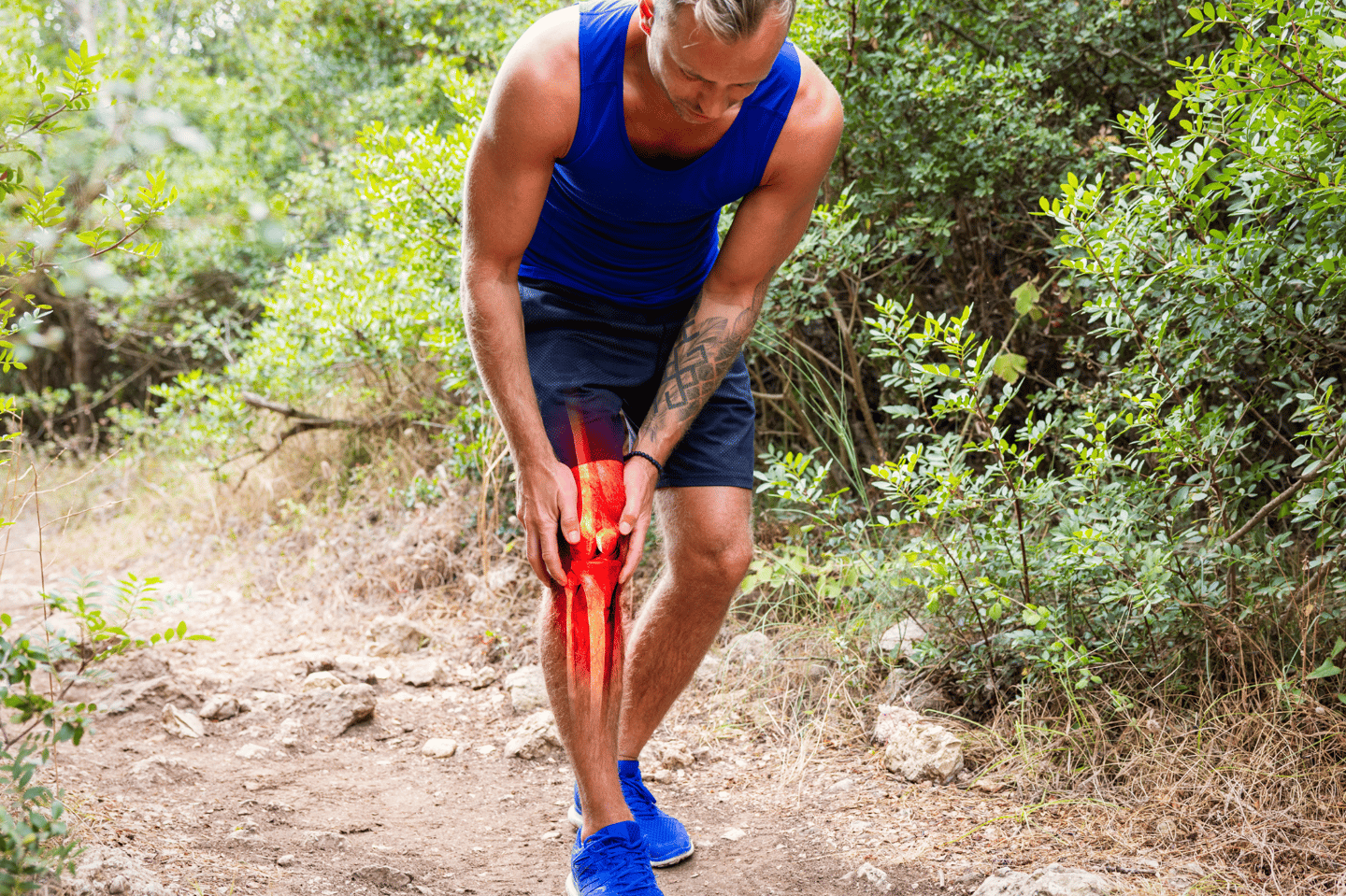Understanding Knee Pain: Causes, Nerve Involvement, and What You Can Do
Knee pain isn't always about the joints and the muscles. Let's how we can make it better!
RUNNINGRECOVERYMOBILITYKNEE
10/3/20252 min read


Understanding Knee Pain: Causes, Nerve Involvement, and What You Can Do
Knee pain is one of the most common reasons people seek physiotherapy. It can affect athletes, active adults, and even those who spend long hours sitting at a desk. While many people think knee pain is simply about the joint itself, the reality is more complex. At Rehab8, we take a deeper look at how the body moves, how nerves interact with muscles, and why pain shows up in the first place.
Why Does Knee Pain Occur?
The knee is a highly mobile joint that connects the thigh bone (femur) to the shin bone (tibia). Because it carries the body’s weight and absorbs forces during walking, running, and jumping, it’s vulnerable to many different stressors.
Common contributors to knee pain include:
Muscle imbalances – Overactive quads and tight hip flexors can pull the knee out of alignment, while weak hamstrings or glutes fail to provide proper support.
Poor biomechanics – If your joints aren’t sharing the load efficiently, certain tissues take on more strain than they should.
Nerve involvement – Pain around the knee isn’t always about the joint itself. The femoral nerve and saphenous nerve run near the front and inside of the thigh and can become compressed or irritated.
Repetitive stress or injury – Sports, sudden changes in activity, or lack of recovery time can overload the tissues around the knee.
The Role of Nerves in Knee Pain
One factor often overlooked is how nerves contribute to pain.
The femoral nerve runs through the front of the thigh and plays a role in activating the quadriceps. If it becomes compressed—say, from tight hip flexors or pelvic imbalances—you may feel referred pain near the knee.
The saphenous nerve is a branch of the femoral nerve that runs down the inner thigh into the knee and lower leg. Irritation here can cause burning, tingling, or sharp pain on the inside of the knee.
This means that sometimes what feels like “knee pain” may actually be nerve-related, which is why a thorough physiotherapy assessment is crucial.
What You Can Do About Knee Pain
If you’re experiencing knee pain, here are a few steps to start easing discomfort:
1. Address muscle imbalances
Stretch tight quads and hip flexors. Strengthen hamstrings and glutes to restore balance and support the knee.
2. Pay attention to your posture and movement
Poor walking or running mechanics can overload your knees. A physiotherapist can assess and retrain movement patterns to make them more efficient.
3. Don’t ignore nerve symptoms
If your pain feels sharp, burning, or radiates, it may be more than just a joint issue. Targeted nerve glides and mobility drills can help relieve compression.
4. Modify your activity, not stop it completely
Staying active is important. Swap out high-impact workouts for lower-impact options like cycling, swimming, or controlled strength training until symptoms improve.
5. Seek a professional assessment
Every knee is unique. At Rehab8, we go beyond just treating symptoms—we look at how your body shares load, restores natural sequencing, and reintegrates pain-free movement.
When to Seek Help
If your knee pain is persistent, limits your activity, or is accompanied by nerve-like symptoms (tingling, burning, numbness), it’s time to see a physiotherapist. Early intervention can prevent chronic problems and get you back to moving with confidence.
Final Thoughts
Knee pain is rarely just about the knee. Muscles, nerves, and biomechanics all play a role in how your body moves and how pain develops. At Rehab8, our approach is built on restoring function before adding force—so your movements feel smoother, more efficient, and pain-free.
Ready to move better? Book your appointment today and experience a different approach to physiotherapy.
Our Services
Returning client?
Click here to login to our portal!
Direct billing available to most insurance companies!
About Us
Learn More
Rehab8 Physiotherapy. All Rights Reserved 2025
The Intersection of Healing, Movement, and Alignment.
